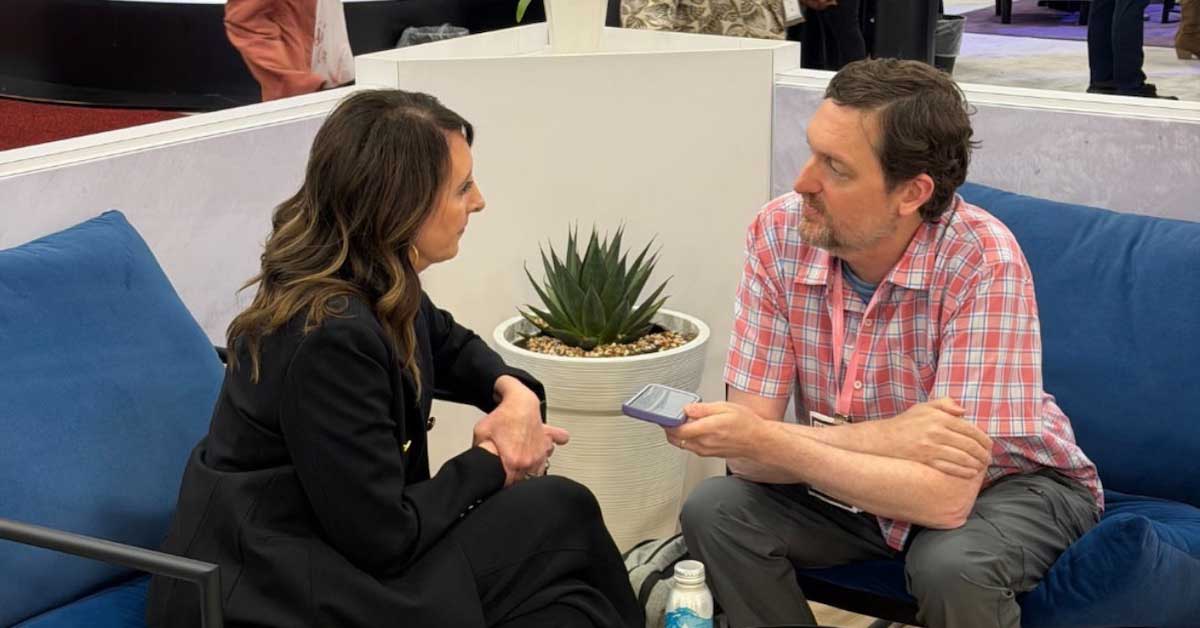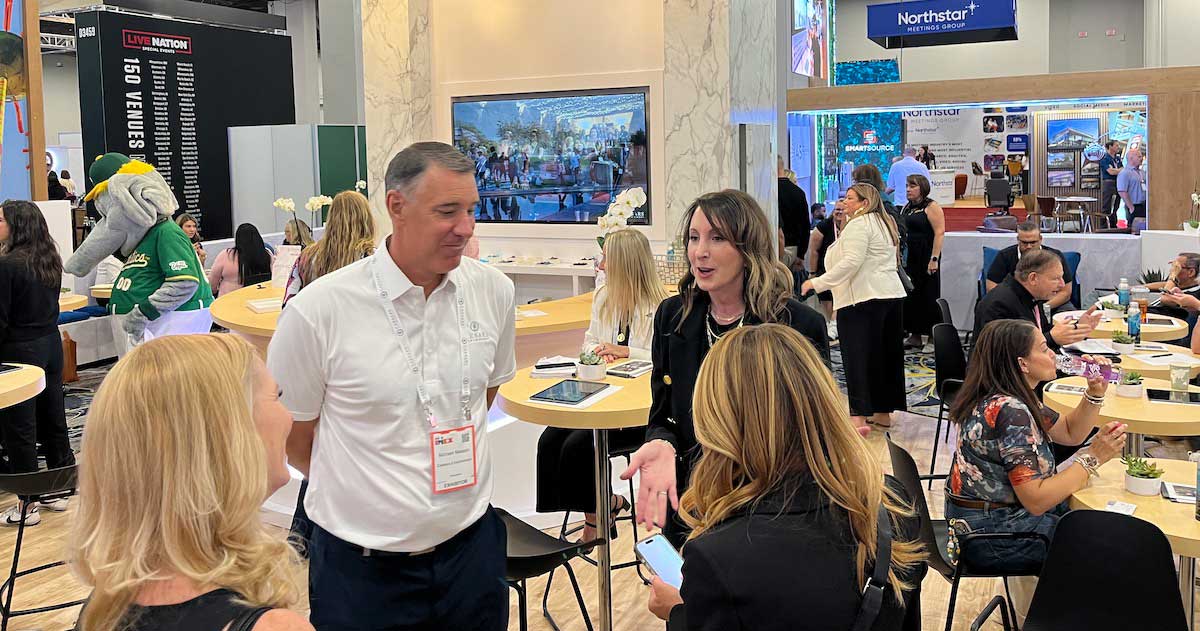Professional speakers do more than deliver a talk. They set the tone for conferences. Venues matter, meals can delight and entertainment is fun, but the speaker has the ability to touch the collective soul and inspire attendees. When people share the experience of a great keynote it has a positive effect on the vibe of the meeting. Event participants arrive at general sessions and breakouts full of hope for the speaker’s presentation, but not all speakers have the skills and experience to engage the modern audience.
A great keynote speaker impacts everyone regardless of their background, age, gender, etc. While Millennials get a lot of attention when we look at the changes in the meeting industry, the expectations of all age groups have become more demanding. Baby Boomers and Gen Xers still make up a large portion of audiences, and it is not just the younger people who have high expectations of what makes a great speaker. People engage and learn better when they have an experience. This is why meetings need amazing content from highly skilled professional presenters.
There once was a simple expectation of expertise and knowledge from the speaker. A “sage from the stage” who would impress people by being the smartest person in the room was all that was needed. The ability to see someone famous, or with an impressive educational background, tell their story would fill seats. Thirty years ago, seeing a speaker at a conference, maybe someone who had written a bestselling book, was one of the few ways to access information. But times have changed and there are seemingly infinite ways to gather knowledge. In our modern world, conference audiences are filled with subject matter experts in their own right. And anyone who has an interest in learning can access the world’s libraries at their fingertips.
Colette Carlson, an author and a member of the National Speakers Association’s Council of Peers Award for Excellence Speaker Hall of Fame, has seen changes happening in how speakers need to present. She has been a sought-after keynote speaker for two decades and has done a great job of adjusting to meet industry changes.
“When it comes to communicating, connecting and engaging today’s audiences, the core elements of an effective presentation have not changed,” Carlson says. “As a speaker, you must do your homework to fully understand and speak to attendees’ concerns, desires and needs. You must be a masterful storyteller to engage both their head and heart, and you must be real and relatable. Humor, aligned activities and powerful visuals are simply icing on the cake.”
Storytelling mixed with content is what makes a great presentation. A compelling story that is well-told will never go out of fashion. How it is told may change—use of visuals, augmented and/or virtual reality, length of story, etc.—but that electric connection of a great story will never become obsolete; it’s hard-wired into us.
More and more, today’s audiences want (and meeting professionals expect) the “keynote” presentation to be more of a dialogue. The feeling of a conversation will triumph over a speech. Bill Stainton, multiple Emmy Award winner and hall of fame speaker, says, “The keynoter needs to be, in part, a facilitator, tapping into the collective wisdom of the attendees. This can be accomplished through technology, as with instant audience polling; through actual, old-fashioned conversations with audience members; or through interactive audience activities, among other methods. No matter how it’s accomplished, the important thing is that the attendees feel like they are a part of the presentation—that they are, in fact, co-creators of the experience.”
There is no place anymore for a data dump of information. Audiences want to be engaged by a speaker who has customized their talk with action items that are relevant to them. They also desire the ability to share their thoughts and opinions. Business professionals and entrepreneurs today are encouraged by their bosses and advisors to be content providers and often use speaking as a tool to develop new business. Thus, they are no longer that impressed with other speakers who are simply mediocre in delivering a message.
“To stand above the noise, professional speakers must consistently raise the bar on themselves, their delivery, their content and their interaction with audiences,” Carlson says. “No different than meeting planners need to be more creative and current to build community and a compelling reason to show up.”
Today’s audiences want more than just a speech. They want connection. A great speaker is more than their time on stage. Jake Thompson has been speaking professionally for about three years. He says that to really engage an audience, the speaker must be involved before, during and after the speech. In advance, the speaker needs to research the audience and find ways to connect. This can be by pre-event calls, videos or social media. While on stage it is key that the speaker smiles, makes meaningful eye contact, uses humor and has fun. The content alone will not cause people to lean in.
Thompson says the most important part is what happens after the speech ends. A speaker who leaves for the airport 40 seconds after saying “thank you” has missed serving the audience.
“The best engagement factor I’ve found is post-talk: investing time after my talk with the audience, asking them questions and taking a genuine interest in them has helped with adding to the overall event experience,” Thompson says.
As the meeting industry continues to change, one thing remains the same: Amazing speakers help make amazing meetings.







